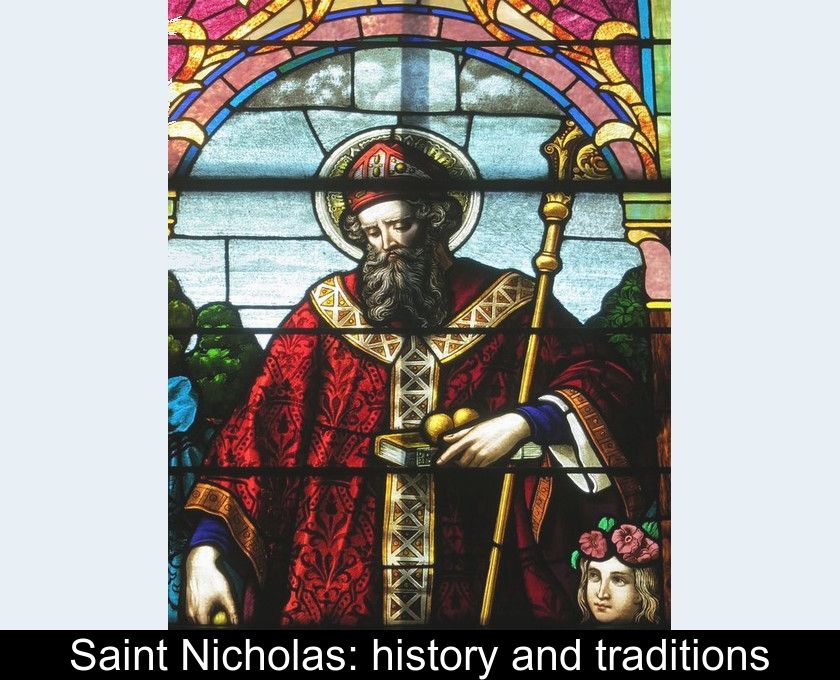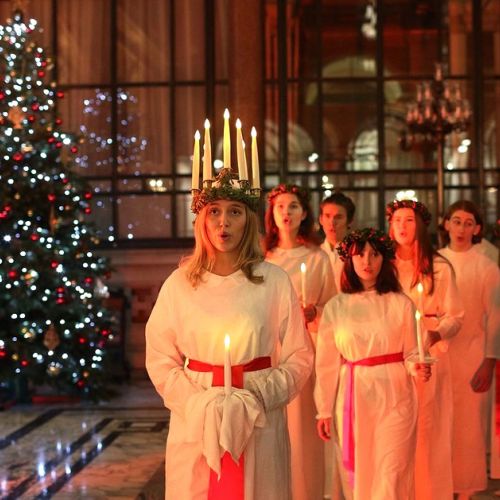Saint Nicholas: History And Traditions
St. Nicholas Day, which is celebrated on December 6, is a long-standing tradition in many European countries. During this holiday, gifts and sweets are distributed to good children by Saint Nicholas, a benevolent character who sometimes replaces Santa Claus. We propose to discover the origins of this holiday and the traditions that are attached to it.
What is St. Nicholas Day?
St. Nicholas is a holiday for children that is celebrated on December 6 in northern and eastern France and in many European countries.
Indeed, this tradition exists in the Netherlands, Belgium, Luxembourg, Germany, Austria, Hungary, Poland, Czech Republic, Switzerland, Romania and Croatia...
While some traditions differ from region to region, this holiday is everywhere an opportunity to reward well-behaved children, with a distribution of gifts and sweets.
What is the history of Saint Nicholas?
The character of St. Nicholas is inspired by Nicolas of Myra, one of the most popular saints in Greece and the Latin Church.
Born in Patara in Asia Minor (southwestern Turkey today) between 250 and 270 AD, he was bishop of Myra in the fourth century AD. He died in Myra on December 6, 345 or 352.
After his death, this historical figure has fueled many legends and he became the patron saint of several regions or corporations.
He is thus the patron saint and protector of children, sailors, lawyers, prisoners, bachelors and that of Russia and Lorraine.
What are the traditions of Saint Nicholas?
On the night of December 5 to 6, St. Nicholas, dressed in his bishop's costume, passes through homes to bring good children treats (dried fruit, apples, cakes, candy, chocolates and especially Gingerbread representing the holy bishop).
In some regions, this benevolent character is accompanied by the bogeyman (also called Zwarte Piet, 'Pierrot the Black' in Dutch or Hans Trapp in Alsatian). This sinister character, dressed all in black, is in charge of handing out canings to the rascals.
The bogeyman sometimes carries a whip and a bag: he punishes children who have not been good and threatens to take them away in his bag if they do not promise to be better behaved. He sometimes gives coal, potatoes and onions instead of candy.
This holiday, which dates back to the 12th century, is an opportunity for children to receive gifts three weeks before Father Christmas comes down the chimneys.
The Father Christmas character is said to have been created from St. Nicholas, the patron saint of little children and schoolchildren.
How is Saint Nicholas celebrated in Lorraine?
In Lorraine, December 6 has a special significance, as Saint Nicholas is the patron saint of the region. For a long time, this holiday was much more important than Christmas.
In some cities such as Nancy, Metz, Epinal or Verdun, Saint Nicholas parades on the first Saturday or Sunday of December, often mounted on a donkey and followed by the bogeyman.
In Lorraine, the Bishop of Myre is also celebrated with a grand procession in the Basilica of Saint-Nicolas-de-Port.












